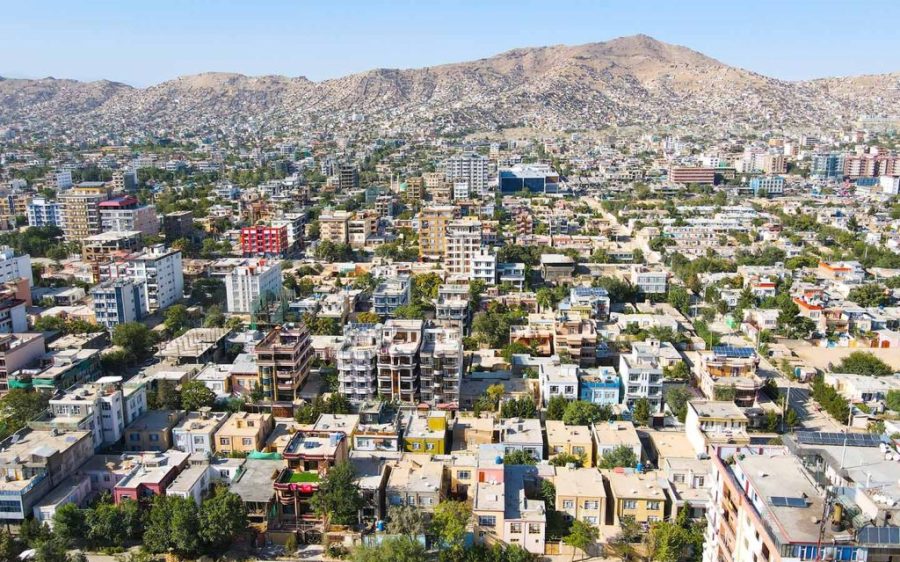A new report from NGO Mercy Corps says urgent action is needed to prevent the Afghan capital Kabul from completely running out of water by 2030. The study, cited in the Guardian, highlights the severity of the Kabul water crisis – and what must be done to prevent water from running out completely. In the past decade alone, the city’s aquifer levels have plunged 25 to 30 metres, as rapid urbanisation and climate breakdown push annual extraction 44 million cubic metres beyond natural recharge.
If this rate continues, UNICEF projections indicate that the aquifers will run dry by 2030, potentially displacing 3 million residents. Nearly half of Kabul’s boreholes, the primary source of drinking water for residents, have already dried out. Factories, greenhouses and over 120,000 unregulated bore wells have also drained the city’s three main aquifers at nearly double the rate they can replenish naturally.
Climate change undermines that natural renewal, particularly in a highly drought-prone country like Afghanistan. Eight major drought events have occurred since 1969, the most recent of which began in 2021 and only ended last year. Soaring temperatures drove erratic rains and rapidly changed snowfall patterns in the central highlands that feed most of Afghanistan’s major rivers, impacting more than half the population.
Water contamination is also widespread in the capital, with high levels of sewage, toxins and dangerous chemicals rendering as much as 80 percent of Kabul’s groundwater unsafe. Lack of clean water has forced schools and healthcare facilities across multiple suburbs to close their doors. It’s also pushing the price of water sky high, with some households spending up to 30 percent of their income on water and over two-thirds weighed down by water-related debt.
[See more: The global water crisis is threatening more than half the world’s food production]
“Afghanistan is facing a lot of problems, but this water scarcity is one of the hardest,” Nazifa, a teacher living in the Khair Khana neighbourhood of Kabul, told the Guardian. “Every household is facing difficulty, especially those with low income. Adequate, good quality well water just doesn’t exist.” She said that the price of water recently doubled, and she fears it will only get more expensive.
The UN is meanwhile struggling to find the funds needed to implement planned water and sanitation programmes in Afghanistan, its office for the coordination of humanitarian efforts announcing earlier this year that it had received just US$8.4 million of the US$264 million needed. The Taliban’s return to power in August 2021 froze US$3 billion in international water and sanitation funding, and the United States’ recent gutting of its international aid has only made things worse.
Mercy Corps’ report aims to draw international attention back to this crisis while there is still potential to address it. Completing the Panjshir River pipeline, for example, could alleviate the city’s overreliance on groundwater and supply a third of the population, some 2 million people, with potable water. The pipeline project completed its design phase late last year and is awaiting budget approval as the government seeks additional investors to help cover the US$170 million cost.
“We don’t have time to sit around waiting for budgets,” Dr Najibullah Sadid, a senior researcher on water resource management and member of the Afghan Water and Environment Professionals Network, stressed to the Guardian. “We are caught in a storm from which there will be no return if we don’t act immediately.”






